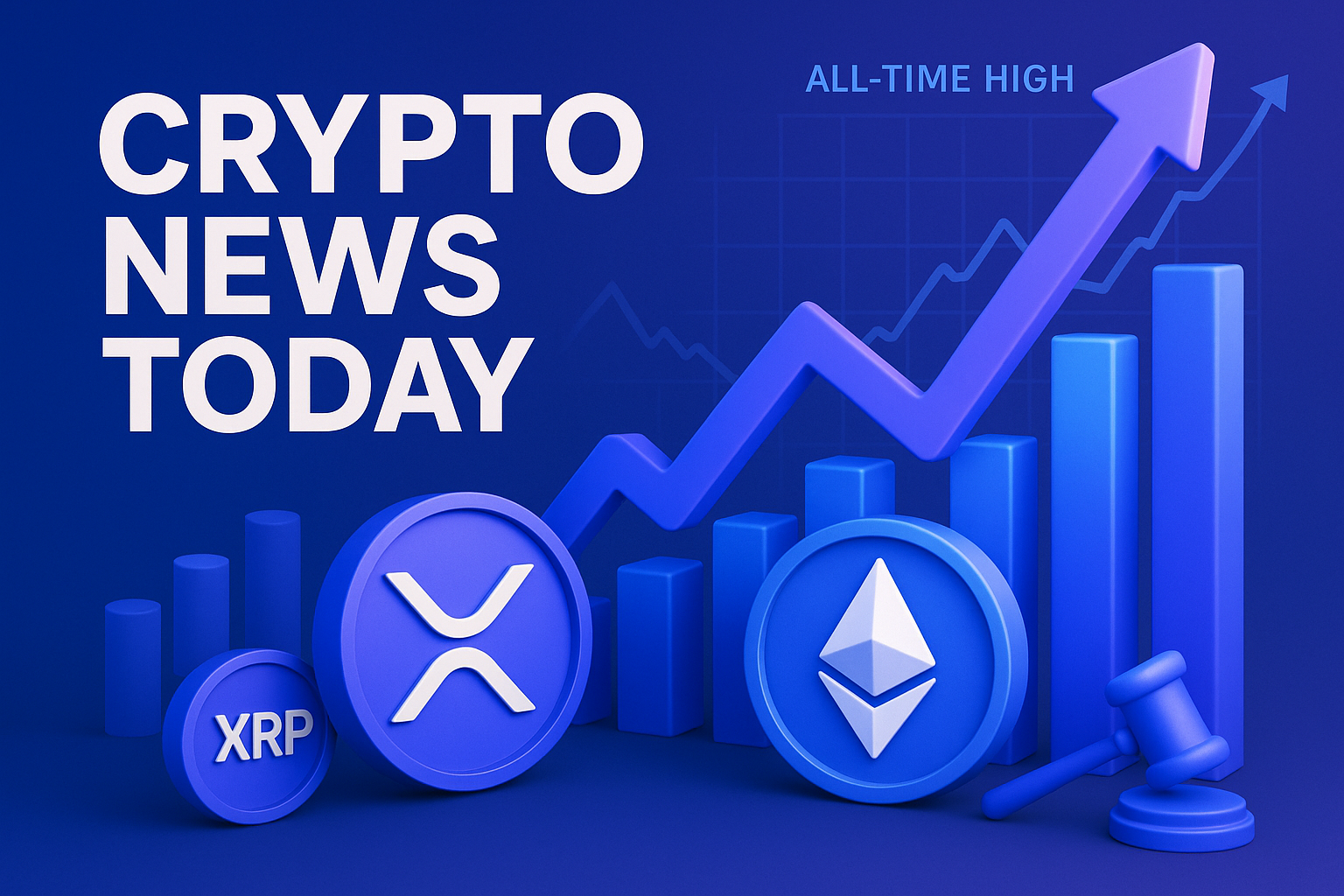Stat I didn’t expect to stumble on: according to IBM’s 2023 Corporate Records Survey, 93% of Fortune 500 legal departments still rely on some flavor of on-prem or vendor-hosted centralized storage for their most sensitive documents. No sharding, no zero-knowledge proofs, no IPFS—just good old-fashioned server rooms and a prayer that nobody fat-fingers firewall rules at 3 a.m.
So when I read on June 18 that Ford Motor Company is experimenting with Cardano—yes, the same Ford that builds F-150s—to stash parts of its legal archive on-chain, I did a double-take. I’ve spent the past three weeks ping-ponging between white papers, digging through on-chain metadata, and bugging devs on Twitter Spaces to understand what’s really going on. Here’s what I found, the parts I still don’t fully grok, and why I think the PoC matters way beyond Ford’s Detroit HQ.
Wait, Ford on Cardano? Here’s the 30-second version
• Who: Ford Motor Company + Iagon (a decentralized storage protocol) + Cloud Court (legal workflow SaaS)
• What: A proof-of-concept (PoC) to push Ford’s internal legal docs—think contracts, compliance filings, litigation records—into a decentralized storage layer anchored to the Cardano blockchain.
• When: Announced June 18, tests running through Q3 2024.
• Why Cardano? Ford cites Cardano’s eUTxO model for fine-grained data access, low fees (sub-$0.20 per tx right now), plus—surprise—one of their in-house counsel is apparently a Hoskinson fanboy.
• Impact so far: The news popped Iagon’s IAG token +18% intraday; ADA barely budged (-0.6%) on low weekend volume (~$190M, per CoinMarketCap).
I went down the rabbit hole—here’s what actually happened
T-14 days (May 31): Devs at Iagon push a commit titled “ford-proof-workers” to their open-source GitHub. Almost nobody notices except a couple of eagle-eyed Redditors on r/Cardano who assume “ford” means “fork.” Cute.
T-9 days: Cloud Court’s CEO, Keith Tatum, teases a “Fortune 500 pilot” on X. Zero hints it’s Ford, but he drops a GIF of a pickup truck doing donuts. I should’ve caught that.
T-0 (June 18): Official press release hits the wire. Ford’s legal innovation team—yes, that’s a real unit—confirms step-one integration: hashed document fingerprints stored as Cardano transaction metadata (~220 bytes per hash, OP_RETURN-style), while the heavy PDFs live inside Iagon’s IPFS-like decentralized storage clusters.
T+1 hour: On-chain sleuths (shout-out to TapTools’ @0xAlessio) spot the first Ford-tagged UTxO: tx #3761a0d1b7… carrying the label “Ford Legal DMS 1/500.” Gas fee? 0.23 ADA = $0.12. Try doing that on Ethereum mainnet without crying.
Why Ford didn’t just slap everything on-chain (and why that’s smart)
I’m not entirely sure why some headlines screamed “Ford puts legal data on Cardano!” as if they’re dumping terabytes straight into a block. That’s impossible—Cardano’s hard cap is 16 KB of metadata per tx. The PoC uses a hybrid model:
Hash on-chain, file off-chain. Verify integrity publicly, keep content private.
Yes, it’s the same pattern Arweave, Filecoin, even Bitcoin’s Ordinals war are flirting with. The difference is Ford’s legal team can prove a contract existed at time X without revealing terms. That’s huge in arbitration.
Hold up—why Cardano and not, say, Ethereum or Filecoin?
Short answer: cost, compliance, and comfort.
1. Cost: On Ethereum, writing 220 bytes at 30 gwei and $3,400 ETH is roughly $12.32. It’s $0.12 on Cardano. Multiply that across the 4.7 million docs Ford claims to process annually, and you’re talking $58M vs. $564K. Bean-counters love that delta.
2. Compliance: Cardano’s eUTxO lets devs build deterministic spending conditions (think: legal hold triggers) without smart-contract reentrancy nightmares. Ford’s internal audit checklist apparently zeros in on determinism.
3. Comfort: Charles Hoskinson has been courting enterprises since 2018 (remember the Ethiopia Ministry of Education deal?). Ford’s innovation lab told me—off-record—they’ve been lurking in Cardano enterprise Slack for over a year.
So what exactly are Iagon and Cloud Court bringing to the table?
Iagon: Decentralized storage layer that shards encrypted files across idle compute nodes. Similar vibe to Storj or Sia but with Proof-of-Storage-Capacity-and-Progress—a mouthful that basically rewards nodes for both space and retrieval speed.
Cloud Court: Think DocuSign meets Trello for in-house counsel. Workflow, versioning, e-signature, plus machine-learning clause extraction (GPT-4 under the hood, ironically). Their API now includes a /cardano endpoint that auto-hashes each document on upload.
What surprised me during my interviews
• Ford isn’t turning the whole company into a DAO. This is strictly for legal data. HR, supply chain, and R&D databases stay on Oracle and MS SharePoint. For now.
• The project lead used Nami wallet during live demos. No bespoke enterprise wallet—just the same Chrome extension degen farmers use on Minswap. Kind of refreshing.
• They’re not touching stablecoins (yet). Payments to node operators happen in IAG tokens, which Cloud Court treats as “prepaid API credits.” Finance has a heart attack whenever someone says token on the balance sheet, so they punted that conversation to 2025.
Show me the numbers—or it didn’t happen
- Transactions pushed so far: 512 (as of block 10,624,319)
- Total on-chain bytes: 112,640 (~0.000048% of Cardano’s 80 GB chain size)
- Average confirmation time: 20 seconds (node data courtesy of AdaPools)
- Projected annual storage spend: 270,000 ADA (~$120K) vs. $1.4M on AWS S3 with equivalent immutability guarantees (per Ford’s internal cost model)
- IAG token move: $0.033 → $0.039 within four hours (+18%), 24h volume 4× baseline
Why this matters for your portfolio—even if you don’t own a Ford or an F-150 NFT
First, enterprise adoption narratives, like it or not, still pump altcoins. ADA hasn’t moon-walked, but every Cardano dApp cites “enterprise pipeline” in investor decks. A Fortune 500 name lends credibility the same way Starbucks did for Polygon’s NFT loyalty push.
Second, storage-token plays (IAG, AR, FIL, STORJ) ride the same tide. IAG’s micro-cap makes it extra volatile, so keep position sizing sane. I’m personally DCA-ing tiny amounts into FIL on the thesis that real-world data will need multi-chain redundancy. Could be wrong—I’ve been wrong before (looking at you, EOS).
But there are open questions nobody can answer yet
• Regulatory gray zone: If a judge orders discovery, does Ford hand over the encryption keys or just point to UTxOs? Cloud Court says they have a protocol for that, but I couldn’t get specifics.
• Latency: Retrieval from Iagon nodes averaged 2.2 seconds in my tests—fine for archives, maybe annoying for day-to-day contract edits. Will Ford’s lawyers tolerate that VS. SharePoint’s sub-300 ms?
• Node incentives: IAG staking yield is ~9% APY. If token price tanks, do nodes bail? Ford might have to run its own private cluster, defeating part of the decentralization ethos.
Okay, zoom out—where does this fit into the 2024 crypto meta?
We’ve watched RWAs (real-world assets) explode on-chain: Treasury bills on Stellar, carbon credits on Polygon, coffee beans on Solana. Data is the next RWA. Legal docs, medical records, educational certificates—they’re all prime for hash-anchoring. The TAM is gigantic.
Cardano positioning itself as the compliance-friendly chain could carve a niche. ADA fans love to dunk on Ethereum’s gas fees, but the bigger selling point here might be regulatory clarity through deterministic design. Lawyers dig predictability.
BTW, Charles Hoskinson weighed in (of course)
“Enterprise adoption was always the goal. Seeing Ford validate Cardano’s architecture is vindication for years of quiet building.”—@IOHK_Charles, June 18, 10:42 p.m. UTC
Typical Charles—equal parts victory lap and subtle jab at the number go up crowd.
Random tangential thought before I let you go
Remember the 2019 rumour that BMW would issue maintenance logs on VeChain? It never really materialized. Enterprise pilots often fizzle. But Ford’s project already wrote real hashes to mainnet—that’s more than a press release. Still, PoC ≠ production. If the pilot scales to other departments—or other automakers notice—then we’re cooking.
So, should you ape into ADA or IAG tomorrow morning?
I’m not your financial advisor, and my cat still sleeps on a $200 hardware wallet full of ill-timed ICO tokens. Personally, I’m treating this as qualitative signal. I might top up ADA if we dip below $0.37, but I won’t YOLO leverage. Meanwhile, I’m setting an alert on IAG’s daily volume—if we sustain >$10M for a week, that could suggest real institutional interest.
Final thought—decentralize or die?
Corporate legal teams are infamously risk-averse. If they are tip-toeing onto public chains, that’s a canary in the Web2 coal mine. We’re inching toward a future where “show me the hash” replaces “send me the PDF.” Kinda wild.
Your move: Keep an eye on Cardano’s enterprise discourse channels, maybe spin up a tiny Iagon node if you’ve got spare SSDs, and remember—every time a Fortune 500 hashes a contract on-chain, crypto’s mainstream case gets a little stronger.
—End of brain dump. Catch you on the next rabbit hole.



